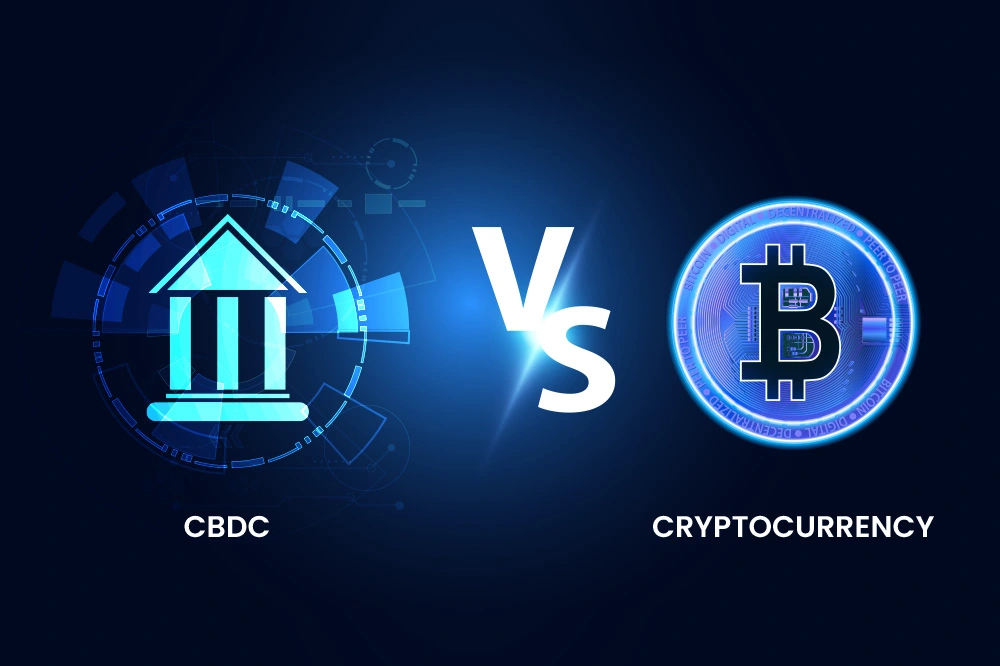We are just barely into the second half of the year 2022. Much of the economic news is doom and gloom; perhaps it’s best to look into the future if one wants to find an iota of good news. For that, a glimpse of the past could provide near-accurate future predictions.
Six months on, the Russia-Ukraine war is causing a considerable downturn in every sector of the economy, including the real estate market. The ongoing war has triggered fears of a global recession, with the World Bank dropping its growth prediction from 4.1% in January to 2.9%, causing supply chain disruptions, high commodity prices, inflation, and food insecurity.
While COVID-19 might seem like a thing of the past for most Americans, pandemic lockdowns are still alive and kicking in the “world’s factory,” China. That translates to supply chain issues, which explains why there’s a push to bring some of those jobs back onto American shores. With that background, here are the top trends in real estate to watch out for in 2023.
1. Housing Prices Likely To Remain High
According to Zillow, the typical monthly mortgage payment increased 75% between June 2019 and today. The National Association of Realtors (NAR) also states that home sales dropped 5.4% from May to June, marking the fifth consecutive month of declining sales—but median prices reached a record high in June: $416,000, up 13.4% from a year ago.
Although incomes have risen over the same period, they haven’t kept up with inflation. Wage growth in June was 6.7%, below the 9.1% rise in inflation that month. Moreover, mortgage rates continue to stagnate, and there’s the ever-present threat of further interest rate hikes. The overheated markets of early 2022 will drop precipitously in the later half of 2022 and most of 2023. But that still means, even if home prices were to drop 20-35%, they probably would remain beyond the reach of most first-time homebuyers.
2. Expect An Uptick In Mortgage Defaulters
To fight rampant inflation, the Federal Reserve activated its nuclear option—hefty interest rate hikes. Inevitably, mortgage rates rose as well, with the national average mortgage rate hovering at 5.08% as of August 2022.
Considering the August inflation rate is in the upper 8%, higher than the long-term average of 3.26% and the Fed’s target rate of 2%, it’s inescapable that the Fed will announce further interest rate hikes.
That means higher mortgage rates, and since the wage growth in June was 6.7%, below the inflation rate. As the economy continues to contract, you should expect an uptick in mortgage defaulting that will likely stretch to 2023 and beyond, and more people are likely to choose adjustable-rate mortgages over fixed-interest mortgages.
3. Affordability Of Homes Still A Problem
Affordability of homes is still a challenge for many Americans, but it’s not the only one. According to a recent survey by Pew Research Center, 46% of Americans say affordable houses are still a challenge.
That is exacerbated by the rising cost of rent, with New York recording an average of $3,500 in June 2022, an all-time record high. With the raging inflation and considering rent prices hardly drop significantly over time, it’s difficult to see how homes will become more affordable in the near future.
The only hope lies with the Fed cooling down inflation sufficiently, imposing more agreeable interest rates, and the cost of living dropping significantly to lower the price of everything, including real estate.
4. Suburb Living And Higher Prices In The Suburbs
With rental prices in major cities shooting past most people’s capabilities and mortgage prices continuing to lock people out of home buying, there’s a push towards moving to the suburbs to access affordable housing.
More employees are also pushing for more opportunities to work from home to save on the daily commute. That should see the prices of suburban houses rising to meet this new demand, which should persist into 2023.
5. Prevalence Of Technology Usage
The trend of increasing use of technology in real estate is nothing new, but it has become more widespread in the last few years. For instance, the NAR states that 97% of all homebuyers used the internet to search for a new home.
That trend will continue, allowing homebuyers to access a broader home listing catalog. The same is true for realtors as it will enable them to advertise to get their listings before more prospects. The apps and websites also come with matching and software to make it easier for buyers to filter homes that fit their descriptions better.
Technology also comes in handy when showcasing a home. Instead of hosting an open day which may force prospects to travel great distances, a real estate agent can conduct virtual home tours. Virtual staging will save the agent a ton of money as they don’t have to spend time and money collecting and setting up furniture that matches a listing.
You’re also likely to see an increase in drone videos and photos to capture stunning overhead footage of properties and the surrounding amenities to enhance the desirability of the listing. Social media sites that use videos and photography, such as YouTube, Instagram, and TikTok, may also prove vital as independent platforms for showcasing real estate.
6. Emphasis On Amenities As A Selling Point Of A Home
In the next few years, you will see a substantial shift in how people choose where to live. What was once a matter of location, price, and square footage will soon become a question of amenities.
As more people focus on their health and wellbeing, they’ll look for homes that offer more than just a place to rest their heads. They’ll want easy access to gyms and pools, dog-friendly apartments, and pet-sitting services—and they’ll even want walkable neighborhoods with local stores and restaurants.
7. Luxury Homes
The need for luxury homes has steadily risen over the past few years. These refer to homes that go for $1 million in the smaller cities. In major cities, that starts at $4 million.
According to luxury home marketing, single-family luxury homes only spent 12 days in the market in 2022, compared to 38 days in 2020. At 41.6%, the growth in luxury home sales in 2021 outpaced other segments of the market, such as affordable homes at 7% and mid-priced homes at 5.9%. This trend will likely continue to 2023 and beyond as the trend for buyers looking for luxury homes seems to be going strong.
Final Word
We can use historical patterns to chart a course for future trends, and what that teaches us is that housing prices will cool down but will likely remain higher than most people can typically afford. Additionally, we will likely experience in the real estate market are the continued high demand for luxury homes, emphasis on amenities for healthy living, the prevalence of technology usage, and the continued preference for suburban living.






